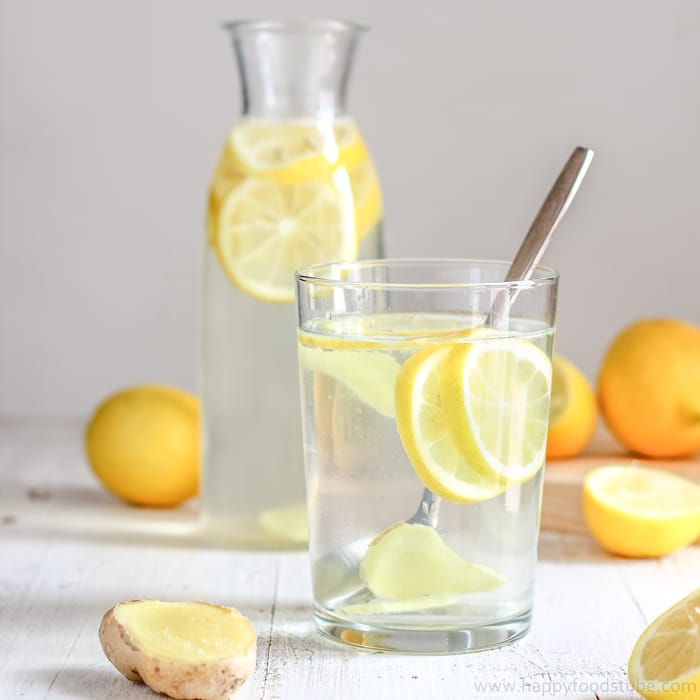Food = Energy = PROTEIN! How can you get protein?
- earthlingkokona

- Jul 24, 2020
- 3 min read
Updated: Aug 7, 2020
Hello everybody~
Here's the song of the day!

Yes, it's a "sad" song but personally I love "sad" songs although I don't like to label them as that. In my opinion, I think they have a deeper meaning in the lyrics than other song genres.
ANYWAYS! PROTEIN.
As I had mentioned in my past post, protein is basically your energy fuel and it is an essential nutrient for repairing your cells and is especially important for people who are in the developing stage such as children, teens as well as pregnant women.
My mother shows symptoms that occur when you don't get the protein you need daily very easily so, in order to avoid that and for everyone, I'll be sharing what I learned~
Protein is a MUST in your dish.
So... How do you get protein?
*Most of the food products also contain calcium! Check out the post where I talk more deeply into calcium here.*
QUINOA.
Quinoa is healthier than white rice. I can't believe I'm saying this but yes, it's true. Anything that is brown wheat-related is better than white wheat. For instance, brown wheat bread is healthier than white bread because it's organic.
A cup of quinoa will also provide twice the protein and about 5 grams more fiber than the same amount of white rice. Due to this higher quantity of protein and fiber, quinoa is not only the healthier choice but will also fill you up faster, allowing for smaller portion sizes.
So if you're going on a diet, quinoa is perfect! You don't have to skip meals because that's unhealthy.
I usually put quinoa in soups and sometimes my mom mixes brown rice with quinoa~!
100g of cooked quinoa contains 4.4g of protein and 0.017g of calcium (17mg). Not much calcium in there right? But hey, there are many more foods out there with much more calcium in it!
LEAFY GREENS (I'll be listing the ones I use more commonly for recipes)
- Spinach (1 cup (25 g) of raw spinach contains 0.7 g of protein)
*salads, soup, vegan pizza topping, etc. *
- Chinese Cabbage/Bok Choy (Chinese cabbage is a rich source of vitamins A, C, and K. It is also a good source of folate and a decent source of calcium and potassium)
*used commonly in Asian recipes such as stir-fries, homemade kimchi, soups, and spring rolls!*
This is what Bok Choy looks like~

- Asparagus (1 cup (134 g) of asparagus contains 3 g of protein.)
- Broccoli (Broccoli is a very rich source of vitamins C and K, a good source of folate, and a decent source of phosphorous and potassium. It also contains some calcium)
^2.5 g of protein per cup/88g
- Brussel sprouts (1 cup (88 g) of Brussels sprouts contains 3 g of protein)

- Cauliflower (1 cup (107 g) of cauliflower contains 2 g of protein)
Even though vegetables are not very high in protein compared with some other foods, many contain good amounts of protein relative to their calorie content.
OTHERS:
-seeds (lentils, quinoa, hemp seed, chia seed)
-tofu & other soybean product
-green peas
-any type of nuts
-tempeh

<This is what tempeh looks like by the way!

^ The power of plants. Seriously!
-beans
-mushrooms
-avocado
-chickpeas
-seitan

^This is seitan!
-Nutritional Yeast

-Spirulina
This blue-green algae is definitely a nutritional powerhouse.

^They're often used in smoothies







Comments